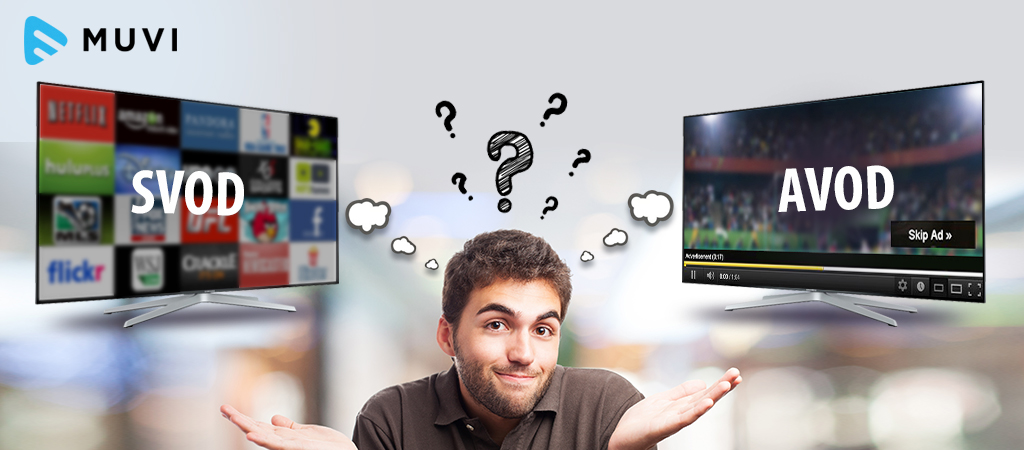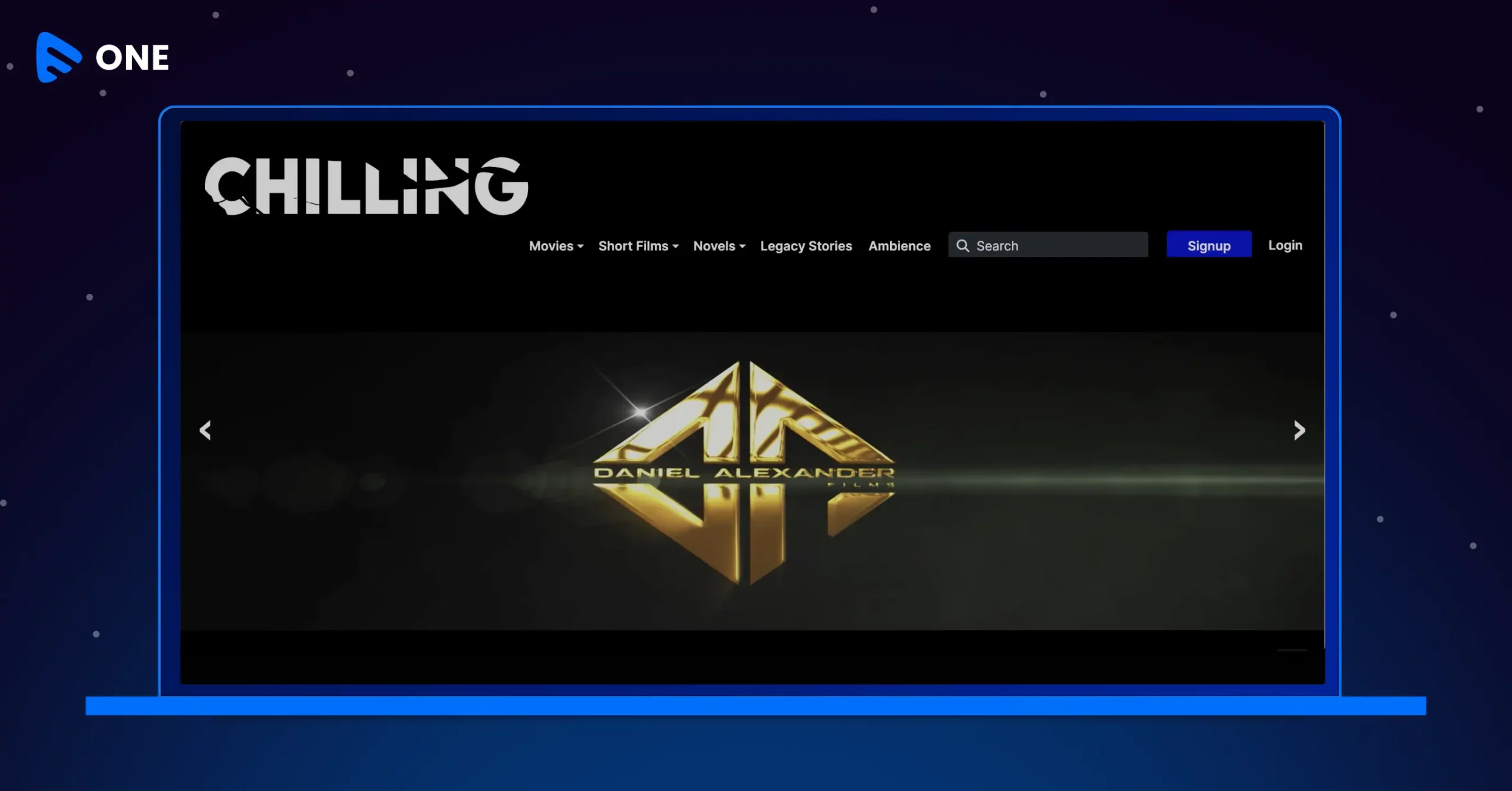Written by: Roshan Dwivedi
Consumer demand for over-the-top (OTT) video is on all-time high, and Broadcasters and content owners are in a thrust to capitalize on this insatiable demand for anytime, anywhere video content. While there is a huge potential in OTT landscape, so are the challenges.
As new companies enter the OTT space, the first challenge they are faced with is what monetization model to go with? The answer certainly is not that simple and which is why a lot of companies take a lot of time and planning before deciding on what to go ahead with. However, the two most common types of revenue models OTT Platforms generally choose while starting a video business is either Paid or Advertising-based. Now the real question is, how do they choose what is better for their business and what will make them earn more money? And this is why we are here. We will try to take a stab at making this guess work a bit more easier for you.
The major difference lies in the type of efforts these models require in order for an OTT platform to succeed. You need an efficient, effective system to manage subscriptions, payments, and privacy control so that you don’t lose on confidential customer information, while dealing with subscriptions. And you need a solid ad strategy and a huge viewer database before you can actually start monetizing through advertisements.
In our previous blogs, we gave you a brief on various types of VOD Revenue Models and how to choose one that suits your business. Here is a detailed insight on Subscription and Advertising models, their comparison, and how to arrive at one that generates the most revenue for your video streaming platform.
Choosing the Right VoD Monetization Model : Subscriptions Vs. Advertising
When to Go For Subscriptions
Subscription tops the revenue model chart as it is the most convenient model for viewers as well as providers that offers a range of choices within a bundled cost for viewers and a stable recurring revenue every set duration for content owners. Subscriptions provide an autopilot simplicity, removing the thinking of purchase decision. Subscribers never have to worry to reorder every month, which keeps them assured of having services renewed before they actually feel the need. Also, paying a flat rate every month, makes them stay in their budgets. As providers, you enjoy a higher level of flexibility in subscription models to analyze and meet viewer needs on time, scale up and better maintain relationships based on the stable subscription revenues. But, here’s what makes you chose a subscription option.
- Size of Content – Though content is king, but getting the right content for right audience is the biggest challenge OTT providers face today. Subscription models are best when you have long form content, which viewers are interested in watching in their home systems with their family. This refers to a large collection of movies and series that form a daily habit of viewers. You can revise and replay these movies and series to serve according to subscriber interests and viewing habits. There will always be a huge set of viewers that prefer subscribing to a service and binge-watching their favorite series, as and when they want and thus, if your content matches this type of audience, subscription is your bet.
- Type of Content – Another content format Netflix has gauged and grabbed well is the trend of original content. It is essential as a subscription OTT platform to keep offering fresh and original bites to your viewers in order to keep them engaged. They are sure not going to pay for your service if they can find the same content at a free platform like YouTube. Netflix has recently marked the $2 billion revenue backed by its original summer hits ‘Stranger Things’ and ‘Narcos’, and thus it is evident what impact original content has on the success of subscription VOD platforms.
- Platform integrations – As a subscription service provider, it is quite essential to take care of various partnerships and integrations in order to provide smooth services and better experience to your subscribers. You might have subscribers coming from Africa where credits cards are not as popular and available to normal people and thus, quickly being able to integrate with a local payment gateway so your subscribers are not disrupted is essential to success as a subscription business. You might also want to adopt the finest security and encryption measures on your live or video on demand platform while choosing a subscription model, since you hold sensitive customer information and do not want to compromise it to online threats.
- Marketing efforts – Subscription models are also suitable when you have resources and abilities to market your platform and position it better in from of the right audience. If you’re not making efforts getting your platform popular, chances are viewers may never even hear about your service, or even if they do, they aren’t convinced. You might also need various analytical abilities to observe your subscriber behaviors and technical agility to scale up as needed in order to provide a better experience to them.
When to Choose Advertising
Ad based models are intriguing to both OTT platform owners as well as viewers. Viewers access their favorite content without any cost and platform owners don’t stick to a fixed subscription income. While Netflix has nailed the subscription business landscape, YouTube has successfully demonstrated the profitability of ads driven businesses. Here are a few points that you must consider before choosing an ad-based model.
- Type of Content – When your videos are relatively smaller and generic in nature, it is better to monetize them through an ad-based model, since there are less chances viewers would pay for generic content, which is available at other free platforms too. Comedy and how-to videos are best to monetize through ad-based models since these videos attract massive viewership in less time and cater to younger set of audiences, which is less likely to subscribe to your regular entertainment content.
- Ad Network integrations – When you choose to offer your videos for free and plan to monetize them through advertisements, it is essential that you choose the right ad network that can provide you better advertisements to match your budget. It is essential to have an ad strategy that best serves according to the type of your audience and provides you maximum benefits (keeping revenue sharing at bay) and choosing the right ad network will surely keep you away from this worry.
- Gaining Video views – You will only make as much money through advertisements as much your advertisers are convinced of your platform reach and video views. The spends you will get on your videos will only vary based on the viewers you’re able to attract. If you have a massive chunk of viewers, advertisers will pay more, and this is where having a good sales team comes in that can ultimately approach the right type of advertisers at right time. For example, at a CPM of $3, if a video on your OTT platform is able to generate 5,000 daily views, you will decently earn $15 a day, about $450 a month and $5,400 on a projection (only if the views remain same throughout the year). And trust me, it takes hell lot of efforts to keep these views maintained.
- Devices focus – When talking about platforms and devices, advertising works best for mobile devices. It has been noted that mobile advertising is intriguing to customers. A recent study suggested that 51% of the videos today are being played on mobile devices. In fact, consumers prefer watching short form videos on mobile and don’t mind watching ads in between, than the long form movies or series, which they prefer watching on their Smart TVs or desktop devices.
Conclusion
In today’s dynamic OTT landscape, it is essential for video content owners to strengthen their platform base on operational flexibility and technological agility. It is an avid fact that there goes a lot in order to attract viewers, be it a subscription based or ads driven OTT business, but how quick you gather them and how quick you lose them, largely depends on the type of content you offer, technological facilities added to your platform and your marketing abilities. The crucial thing for video streaming platform owners in the first place is to understand their audience, geographies they are targeting, disposable incomes, mode of payments, advertiser interests and devices and platforms being used. They must also have their internal sales & marketing teams refined along with partnerships and technological options in order to achieve a perfect formula.
If you still have any any doubts or confusion left in your mind, feel free to drop us an Email and get your queries resolved. Muvi end-to-end helps video content owners to launch their OTT platforms on multi screens and devices, along with an expert consultation advice on how to choose your revenue model based on the type of your business.
Sign Up for your 14 Days FREE trial with Muvi today, and join hands with the best OTT video streaming platform.













Add your comment